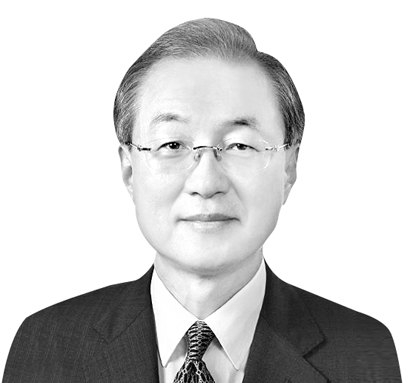Indo-Pacific Economic Framework

The author is the president of Lee & Ko Global Commerce Institute and former minister of trade.
After U.S. President Joe Biden mentioned his vision for the Indo-Pacific Economic Framework (IPEF) last October, the White House in February announced the U.S. government’s Indo-Pacific Strategy, an economic pillar of which is the IPEF aimed at achieving prosperity of the region. Since then, the United States Trade Representative (USTR) and the Department of Commerce have broadly explained the concept of the economic framework, but the details, including its formality and negotiating methods, have not been released yet. The U.S.-Asean Special Summit slated for late March in Washington was expected to offer some clues about the new economic framework, but after the meeting was delayed for scheduling problems, additional information on the IPEF is not available yet.
In the first annual U.S.-Indo-Pacific Conference cohosted by the Center for Strategic and International Studies (CSIS) and the U.S.-Asean Business Council in Washington on April 5-6, Deputy U.S. Trade Representative Sarah Bianchi said that the IPEF will have four pillars — fair and resilient trade, elastic supply chains, infrastructure and carbon reduction, and tax and anti-corruption. She went on to say that countries do not have to participate in all four categories but must follow what they agreed to without exception once they choose particular categories.
Among the four areas of the framework, relatively well-known is trade. The USTR said it will include high-level and binding commitments on labor, environment and climate change, digital economy, agriculture, transparency of regulation, competition rules and smooth trade. But she made it clear that the trade category will not deal with market opening.
The United States is convinced that China inflicts unfair damage on Indo-Pacific countries through its excessive subsidies, arrogant demands for technology transfer and exploitation of forced labor. The U.S. also seems be threatened by the possibility that if China continues its coercive and unfair policies and practices, it could lead the formation of new norms and principles going against the U.S. interests in the Indo-Pacific region. America thinks it could not change China substantially despite much effort to change it. Given the limits in dealing with China through the World Trade Organization (WTO), the United States has taken a different approach.
After recognizing the significance of the Indo-Pacific theater in economic and security terms, America is prepared to reinforce relations with countries in the region to help curb China’s ever-growing power. To achieve the goal, America has turned to proactively protecting its national interests by creating a new environment in the region instead of urging China to change. The U.S. also expressed the will to give its allies and partners in the Indo-Pacific clear benefits.
After concluding that its past FTAs were of little help in creating jobs and investment opportunities for America, it is redesigning the way to achieve them through the IPEF by creating high-level regulations on a number of trade issues while sufficiently reflecting resilience, inclusiveness and sustainability at the same time. In particular, the U.S wants the benefits of the deal to be fairly distributed to the underprivileged in each country — usually outside of government trade policy — as U.S. Trade Representative Katherine Tai stressed. (She called it “worker-centric trade policy.”)
Nothing has been determined about membership of the IPEF. So far, the USTR and Commerce Department were known to have exchanged views with Korea, Japan, Singapore, Australia, Malaysia, Vietnam and India. It seems that the U.S. wants to draw countries who want to partly join the economic framework also as its members. The more, the better, of course.
The U.S. plan to establish a new economic framework could be a positive development for Korea, which shares views on open markets and trade with the U.S. However, as interests of U.S. workers, SMEs and farmers will apparently be reflected in the IPEF, Korea needs to weigh the merits and demerits, including geopolitical risks, carefully before joining it given the repercussions it will have on Korea Inc. Needless to say, the government must get public approval in the process.
Translation by the Korea JoongAng Daily staff.










with the Korea JoongAng Daily
To write comments, please log in to one of the accounts.
Standards Board Policy (0/250자)